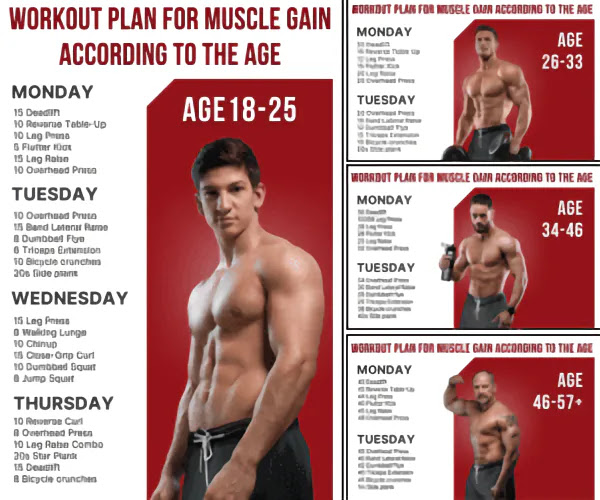Featured
- Get link
- X
- Other Apps
Somatic Exercises: How They Work, Stretches, and Movements for Beginners
1. What are somatic exercises?
Somatic exercises are a type of movement therapy that focuses on the mind-body connection. Developed by Thomas Hanna, this approach aims to increase body awareness and improve movement patterns by targeting the mind's control over muscles. Unlike traditional stretching or strength training, somatic exercises emphasize internal sensations and proprioception, which is the body's ability to sense its position in space. By engaging in these exercises, individuals can relieve muscle tension, reduce pain, and increase overall physical and mental well-being.
 |
2. The Importance of Stretching in Somatic Exercises
Stretching is a fundamental component of somatic exercises, helping to lengthen muscles and increase flexibility. Unlike static stretching, where you hold a position for a set period of time, somatic stretching is dynamic and involves slow, controlled movements that encourage muscles to relax and lengthen. This approach allows for a deeper release of stress and a more intimate connection between body and mind. By incorporating stretching into your physical exercise routine, you can improve joint mobility, reduce muscle stiffness, and increase overall movement efficiency.
3. Basic Somatic Exercises for Beginners.
For beginners, it is important to start with simple somatic exercises to build a foundation of body awareness and control. Here are some basic moves to get you started:
Pendiculation:
This involves contracting and then gradually re-arranging the muscle group to its length and reducing the tension. Start by gently contracting a muscle, such as the shoulders or neck, and then slowly release and relax. Repeat this movement several times to encourage the muscle to reset to its natural length.
Arch and Flatten:
Lie on your back with your knees bent and feet flat on the floor. Slowly arch your back as you lift your tailbone off the floor, and then flatten your back as you press it into the floor. This exercise helps relieve tension in the lower back and improves spinal mobility.
Shoulder Rolls:
Sit or stand comfortably with your arms at your sides. Slowly roll your shoulders forward in a circular motion, and then reverse the motion to roll them back. This exercise helps relieve tension in the shoulders and improves shoulder mobility.
4. Tips for Practicing Somatic Exercises.
When practicing vocal exercises, it is very important to focus on the inner sensations and movements of your body. Here are some tips to help you get the most out of your physical activity:
-Mindfulness:
Pay close attention to the sensations in your body as you do each exercise. Notice any areas of tension or discomfort and adjust your movement accordingly.
Breathing:
Incorporate deep, diaphragmatic breathing into your physical practice to increase relaxation and promote mind-body connection.
-Consistency:
Do regular phonic exercises to develop body awareness and improve movement patterns over time. Start with a few minutes each day and gradually increase the duration as you become more comfortable with the exercises.
5. Result
Somatic practices offer a holistic approach focusing on the mind-body connection to improve physical and mental well-being. By incorporating stretching and simple movements into your daily routine, you can relieve muscle tension, reduce pain, and increase overall movement efficiency. Whether you're a beginner or an experienced somatic practitioner, focusing on inner sensations and practicing regularly can help you gain a greater sense of bodily awareness and control
- Get link
- X
- Other Apps

.jpeg)


Comments
Post a Comment